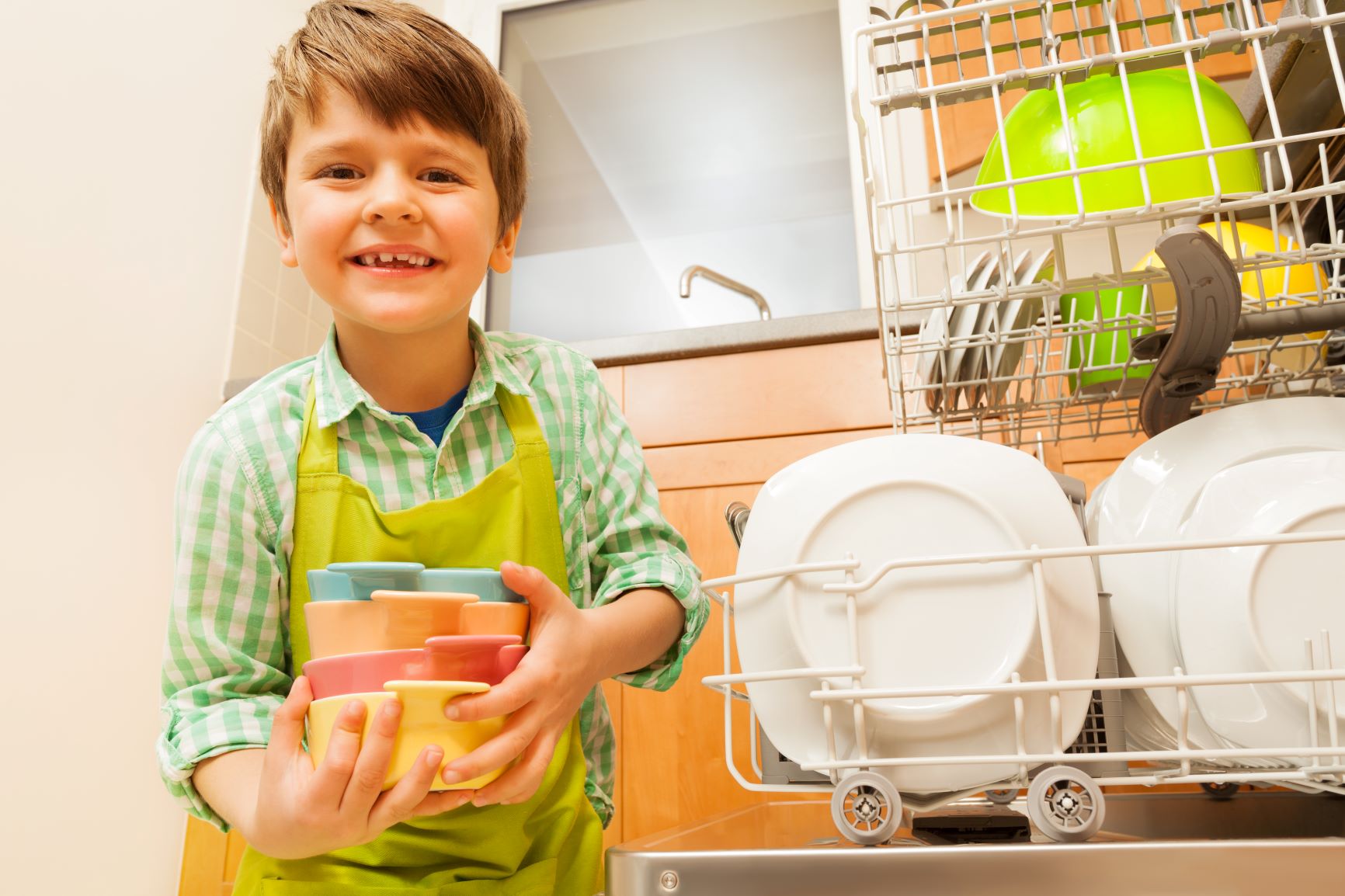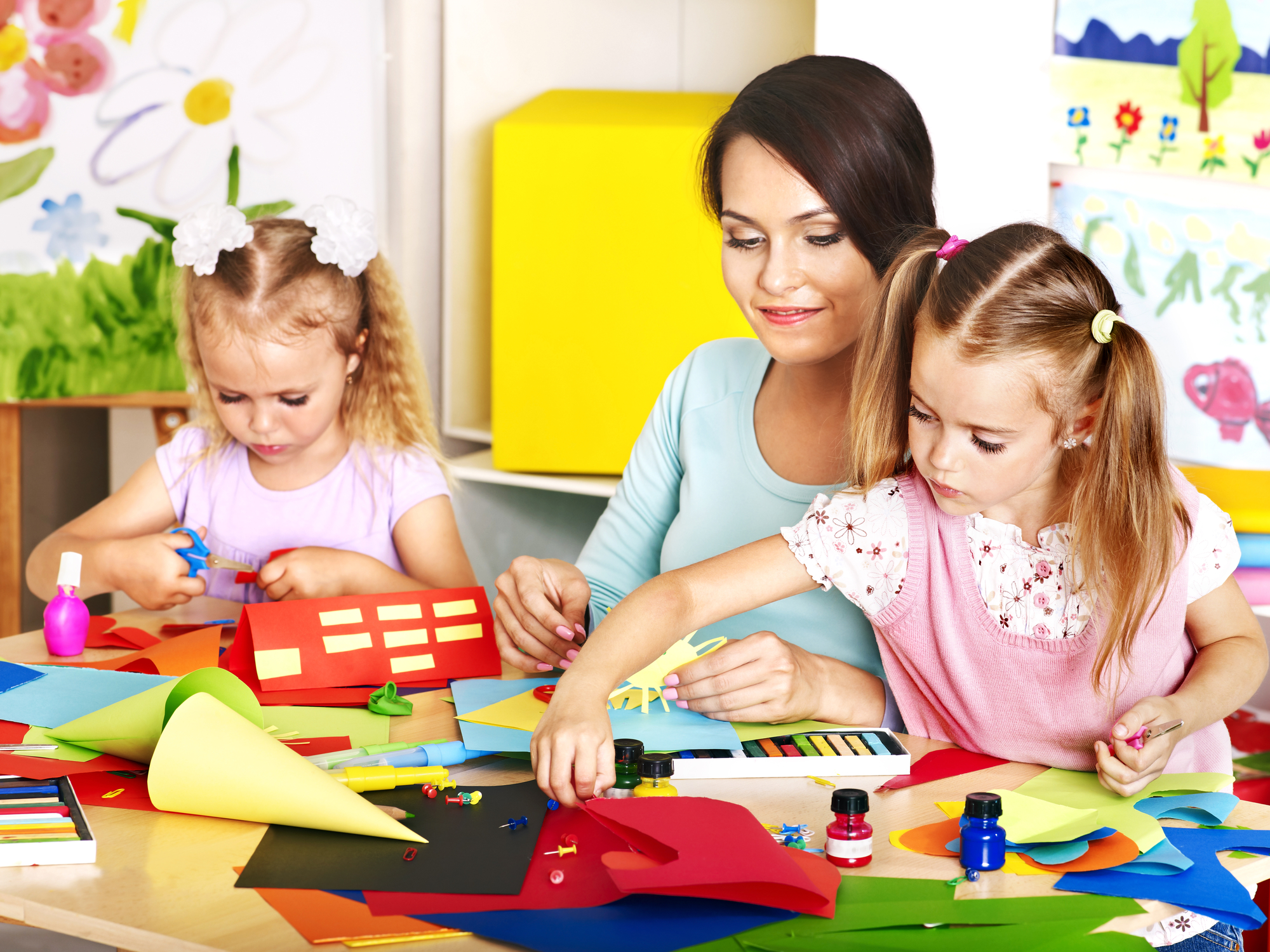Sharing With Others
“Sharing is caring,” is a phrase that gets thrown around a lot for new parents trying to teach their children how to share. Does that mean a child who doesn’t like the idea of sharing doesn’t care about others and will grow up to be selfish?
Not necessarily. It probably means you have a young child who’s going through a healthy set of developmental stages. Here are three tips for teaching children how to share.
Let your sharing shine
Learning begins with observation; children have to see something first, to do it later. If mommy laughs when daddy plays with his food, expect the spaghetti to fly the next night. The same works with sharing.
Whenever there is an opportunity to share something with your partner, make sure your child hears what’s going on and sees how happy both of you are after the exchange.
Keep in mind though, if you want your child to learn how to share, you’ll have to share a lot of things. Make sure both you and your partner are prepared for that and plan how these “sharing moments” will go.
Watch carefully
Problems will usually arise during group play-time. As embarrassing as these situations can be (and scary for parents, when worries of how they’ll grow up begin to creep in), they should be seen as fantastic opportunities to learn more about your child. The point is, look to see what kinds of influences might have taught your child how to behave in such ways.
Don’t force sharing
To us, Mr. Booboo is just a teddy bear. To your child, he is a friend, valuable beyond measure. There are some things in life that are just too important to part with. The fear of loss (and understanding loss itself) is extremely important in a child’s development. The last thing you’d want to do is create resentment early on in life.
Understand the barriers and build from there. Be reasonable about what can be considered priceless and what you can separate from your child. This, too, will have a huge impact on their ability to prioritize.
No two children are exactly alike; not even twins can be parented the same way! These are just tips to consider when teaching your children how to share, but it’s ultimately up to how you want to mold your child. Some methods will work better than others, so it’s really about being attentive and learning as you go.
Sharing at Parker-Chase
At Parker-Chase Preschool, we believe in exposing children to real social interactions where sharing is beneficial to fulfill their potential as individuals. With guidance from our loving and dedicated teachers, we aim to help our students develop a sense of self-worth and responsibility, as well as enthusiasm and belonging.










